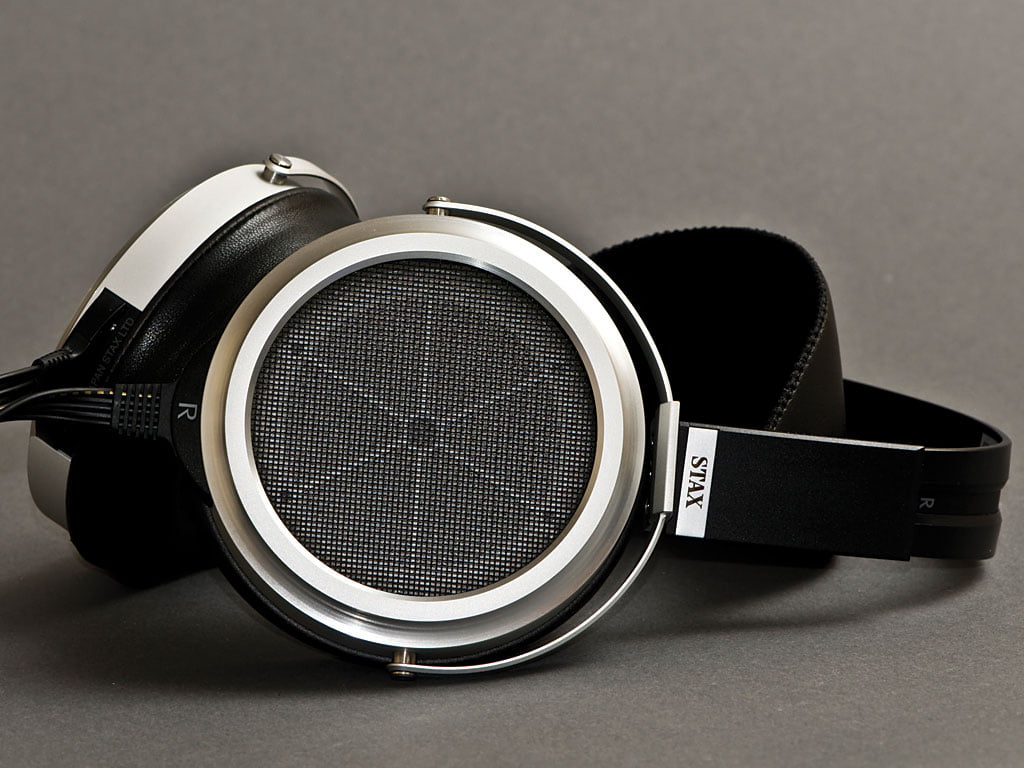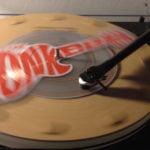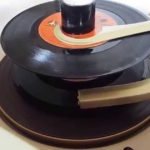It’s the time of year for saving money!
What should the “perfect” Hi-Fi System sound like? Many people that I’ve asked this question have said that, whatever the music may be, they would want it to sound like the performers were “right there in their listening room”. That’s not for me; I might be able to handle one lovely lady serenading me in my sound room, or even the Paul Horn Quartet – or, for that matter, either the Kronos Quartet or the Budapest String Quartet — but I certainly WOULDN’T want to feel like the entire cast of either the Berlioz Requiem or the Mahler Symphony of a Thousand was jammed into my room with me.
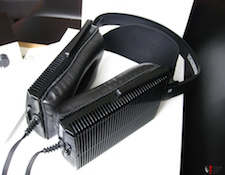 For me, the perfect System wouldn’t bring the performers to my listening room at all, but would somehow transport me to be there with them, in their room or other space where the music had been played and recorded.
For me, the perfect System wouldn’t bring the performers to my listening room at all, but would somehow transport me to be there with them, in their room or other space where the music had been played and recorded.
Anything at all that will play the music will let you hear the words more or less clearly, and it doesn’t take much of a “System” to let you get a good idea of the tune and the instruments playing it. And even the most minimal stereo system that will let you get the speakers a decent distance apart will let you thrill to the right and left aspects of the music or even (!) a ping-pong game, if that’s what you’re into. It’s only a very good High-End audio system, however, that will let you “see” and appreciate the spaces between the performers or instruments and know the dimensions, and sometimes even the “texture” of the venue.
That’s the hard part of reproducing a musical performance and — whether it’s a “live” or other “full-group” recording or something that was constructed, layer-by-layer, by a mastering engineer from many “takes” on a multi-track machine to produce a performance that never had any “real” existence at all — that’s the part that turns me on most!
The problem with trying to re-capture the “room” that a performance was recorded in (assuming that there ever was one) or the carefully created ambience of a constructed performance is that your speakers are, themselves, also playing in a room (your listening room) and that room will always, to whatever degree it can, impose its own “sound” on any recording you play in it.
In order for you to even have a chance at being “transported” to the original recording venue, your own room has to stop “fighting” the room in the recording, and in order for you to even know if that’s happening, you really need to somehow know what the recording would sound like without the effects of your own listening room.
There IS a way to do that.
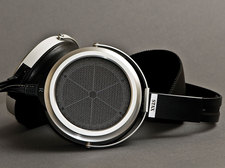 The STAX “Lambda Pro” headphones (STAX calls them “earspeakers”) are among the most perfect audio transducers ever made, and for years I have been using them as a comparison with regulars speakers to see how close the sound of the speakers and the room that they were playing in was to the sound of the same recording played on the STAX ‘phones. To check tonal balance, dynamics, and “attack and decay”, that tends to work perfectly, even though, for “imaging”, I usually prefer the effect of the speakers. (The Lambda Pros and, frankly, most headphones — even STAX’ own Sigmas and the AKG 1000’s, both of which were designed specifically to avoid it – tend, except on binaural recordings, to image INSIDE your head, instead of in front of, or around it, so, for image comparison purposes where depth is involved, they’re of little value.)
The STAX “Lambda Pro” headphones (STAX calls them “earspeakers”) are among the most perfect audio transducers ever made, and for years I have been using them as a comparison with regulars speakers to see how close the sound of the speakers and the room that they were playing in was to the sound of the same recording played on the STAX ‘phones. To check tonal balance, dynamics, and “attack and decay”, that tends to work perfectly, even though, for “imaging”, I usually prefer the effect of the speakers. (The Lambda Pros and, frankly, most headphones — even STAX’ own Sigmas and the AKG 1000’s, both of which were designed specifically to avoid it – tend, except on binaural recordings, to image INSIDE your head, instead of in front of, or around it, so, for image comparison purposes where depth is involved, they’re of little value.)
What headphones ARE of value for, though, (and not just good ones like the STAX Lambdas, but practically ANY decent-sounding ‘phones) is listening to the room your music was recorded in. A simple test of this, if you’re curious, is just to use your headphones to listen to the sound of a live news broadcast on your television set. You WILL hear the sound of the TV studio and, probably be surprised by just how good TV sound can be – even from ordinary TV set electronics.
 The thing about good headphones that makes them able to let you hear the sound of what- or wherever the original site may be is the fact that head phones are more or less independent of the sound of the room that you listen to them in. For that purpose “closed-back” phones may be better than “open-back” ones like all of mine from STAX (I have three sets: Lambda Pros. Sigmas, and SR 80s). With open back ‘phones you can still hear – albeit at reduced volume – what’s going on in the room around you, and that may affect the total of what you hear.
The thing about good headphones that makes them able to let you hear the sound of what- or wherever the original site may be is the fact that head phones are more or less independent of the sound of the room that you listen to them in. For that purpose “closed-back” phones may be better than “open-back” ones like all of mine from STAX (I have three sets: Lambda Pros. Sigmas, and SR 80s). With open back ‘phones you can still hear – albeit at reduced volume – what’s going on in the room around you, and that may affect the total of what you hear.
Thus far the very BEST phones I’ve found for hearing “room sound” are a pair of very modestly priced (US$100) but wonderfully-good earbuds from 1More (brand) that I picked-up at this year’s Newport Audio Show, and mentioned in writing once before. Although these really are quite exceptionally good-sounding (not quite on par with the STAX Lambdas, though) their real advantage lies just in the fact that, as earbuds, worn IN AND BLOCKING the listener’s auditory canals, they completely (except , of course, for the canal, itself) eliminate any acoustical environment for music played through them other than whatever may be present in the recording, itself.
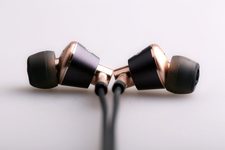 Listening to a good set of headphones as a comparison tool can allow you to hear – as you simply CAN’T do otherwise (except possibly in an anechoic chamber ) – the sound of the music without the sound of the room in which you’re listening to it. Then, knowing what it really sounds like, you can (by repositioning things; by DSP; or by corrective acoustical treatment) try to make your listening room sound like no room at all.
Listening to a good set of headphones as a comparison tool can allow you to hear – as you simply CAN’T do otherwise (except possibly in an anechoic chamber ) – the sound of the music without the sound of the room in which you’re listening to it. Then, knowing what it really sounds like, you can (by repositioning things; by DSP; or by corrective acoustical treatment) try to make your listening room sound like no room at all.
And then, if the rest of your System is up to it, you can truly be transported to where the music is and to sonic bliss.
